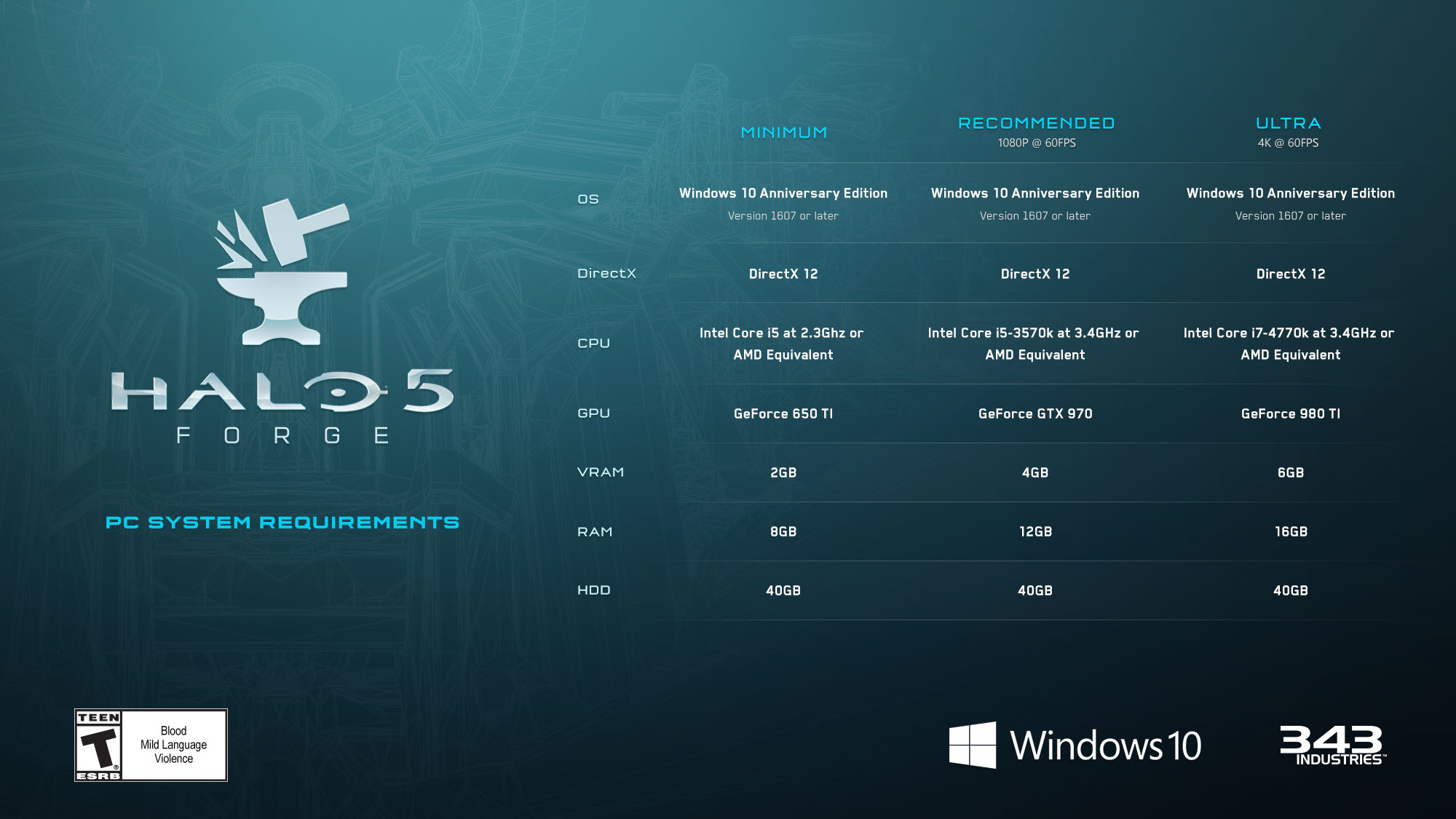Windows 10 Minimum Requirements Test
Starting with the May 2019 Update, the system requirements for hard drive size for clean installs of Windows 10 as well as new PCs changed to a minimum of 32GB. The 32GB or larger drive requirement is set to leave space for users to install apps and to keep data on the device.
- In the past, Microsoft have a KB for checking the compatibility issue with Windows 10 in advance. But now it can’t be downloaded any more. We could check the system requirements for upgrading to Windows 10.
- In the following parts, let’s go to see how to do check Windows 10 compatibility. Check Windows 10 System Requirements. Microsoft officially states some minimum requirements for Windows 10 on its website so that you can make sure if your computer can run the new operating system, as shown below.
- In Windows 10 systems, you can disable active applications in the Task Manager Startup tab. Right-click the item and select Disable from the local menu. Internet Connection Requirements.
Windows 10 S is a specific configuration of Windows 10 Pro that offers a familiar Windows experience that’s streamlined for security and performance. Windows 10 S provides the best of the cloud and full featured apps, and is designed for modern devices. Microsoft Defender is always on and always up-to-date.
Windows 10 S will only run verified apps from the Store and verified drivers from Windows Update. Windows 10 S provides supports Azure Active Directory, and when paired with MSA or Intune for Education, Windows 10 S defaults to storing files to OneDrive.
Features enabled for Windows 10 S
Windows 10 S Mode protects customers by using a combination of code integrity policies, hardware, and certification for apps. Windows 10 S will only run executable code that is signed with a Windows, WHQL, ELAM, or Store certificate from the Windows Hardware Developer Center Dashboard. This includes companion apps for drivers.
| Features | Windows 10 S | Windows 10 Home | Windows 10 Pro |
|---|---|---|---|
| Non-store apps | Yes | Yes | |
| Domain join on premise | Yes | ||
| Azure AD domain join | Yes | Yes | |
| Windows Store apps (including Win32 centennial apps) | Yes | Yes | Yes |
| OneDrive automatic setup and sync; Requires MSA | Yes | Configurable | Configurable |
| Microsoft default apps set | Yes | Configurable | Configurable |
| Windows update for business | Yes | Yes | |
| Windows Store for business | Yes | Yes | |
| Mobile Device Management (MDM) | Yes | limited | Yes |
| BitLocker | Yes | Yes | |
| Enterprise state roaming with Azure AD | Yes | Yes | |
| Shared PC configuration | Yes | Yes |
Windows 10 S default modern app configuration

- Email: Mail
- Maps : Maps
- Photo viewer : Photos
- Search : Bing
- Video player: Movies & TV
- Web browser: Edge
- OneDrive automatically configured for MSA accounts so that documents, Photos, and Desktop are automatically synced and the user has 5GB of standard storage.
Hypervisor Code integrity policy
Hypervisor code integrity policy (HVCI) blocks the execution of unsigned or improperly signed binaries. Using unsupported binaries is only recommended when performing lab or factory image customization, or during deployment where the execution environment is either WinPE or Audit Mode.HVCI is not turned on by default, so you will need to turn it on. For instructions on how to do that, see Enable HVCI
Windows 10 Upgrade Minimum Requirements
Once the CI policy is enabled on a system, it is enabled in two places:
- Windows 10 S, enforced at boot
- UEFI firmware policy, enforced during firmware load and OS boot
For more information, see Hypervisor-Protected Code Integrity (HVCI)
Minimum Requirements For Windows 10 32 Bit
Signed drivers and Windows 10 S
Driver signing is different for Windows 10 S. To install on Windows 10 S, driver packages must meet the following requirements:

- Driver packages must be digitally signed with a Windows, WHQL, ELAM, or Store certificate from the Windows Hardware Developer Center Dashboard.
- Companion software must be signed with a Microsoft Store Certificate.
- Does not include an *.exe, *.zip, *.msi or *.cab in the driver package that extracts unsigned binaries.
- Driver installs using only INF directives.
- Driver does not call blocked inbox components.
- Drivers does not include any user interface components, apps, or settings. Instead, use Universal applications from the Microsoft Store, for example:
- Hardware Support Apps
- UWP device apps
- Centennial Apps
- Driver and firmware servicing uses Windows Update and not an updater app.
For more information, see Windows 10 S Driver Requirements and Publish a driver to Windows Update.
What's not supported
Windows 10 S does not allow any apps that aren't in the Store. A second limitation is that Windows 10 S does not allow on-premise domain joins. Additionally, some Windows customizations and some apps are not supported. For more information, see Planning a Windows 10 S deployment
The following components are blocked from running in Windows 10 S. Any script or application that calls one of these blocked components will be blocked. If your manufacturing process uses scripts or applications that rely on blocked components, you can temporarily enable manufacturing mode for configuring and testing, but you can't ship a PC with manufacturing mode enabled.
- bash.exe
- cdb.exe
- cmd.exe
- cscript.exe
- csi.exe
- dnx.exe
- kd.exe
- lxsmanager.dll
- msbuild.exe
- ntsd.exe
- powershell.exe
- powershell_ise.exe
- rcsi.exe
- reg.exe
- regedt32.exe
- windgb.exe
- wmic.exe
- wscript.exe